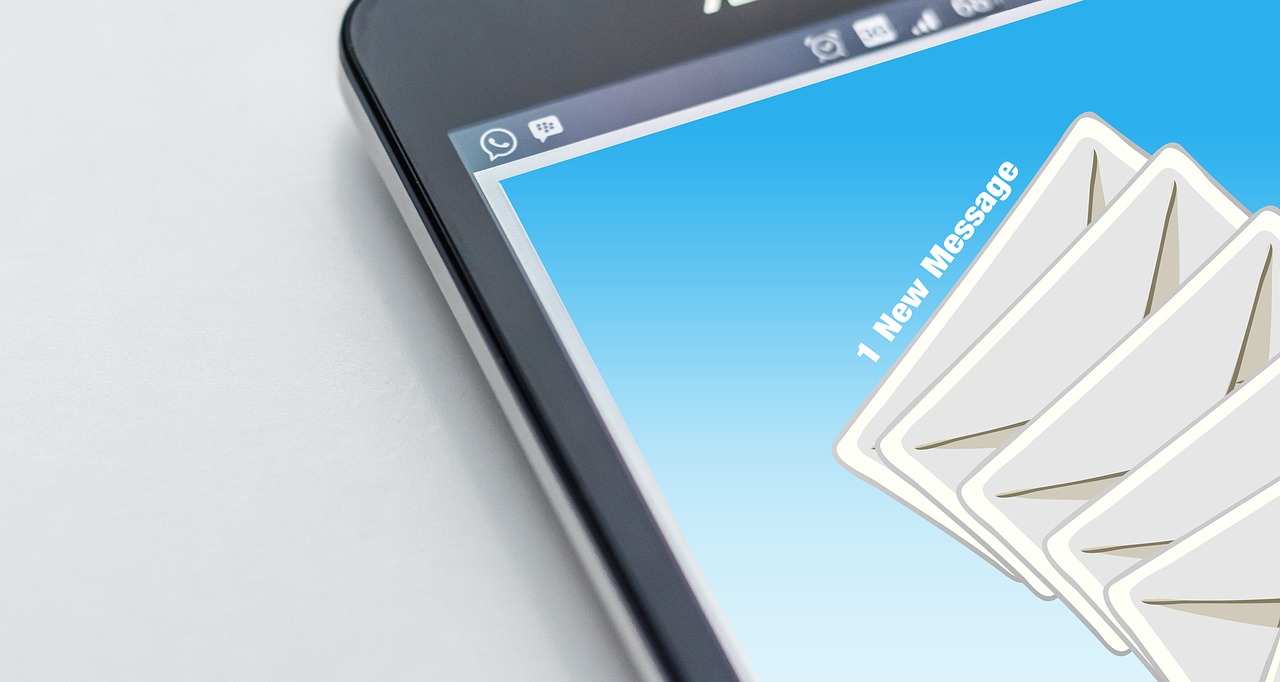Email Etiquette: How to Respond to a Rude Email
Email Etiquette: How to Respond to a Rude Email
Let’s face it, we’ve all been there!
With frustrations at an all time high during the COVID-19 pandemic, it wouldn’t be surprising if rude emails were to increase as well.
As much as we’d like to, ignoring the email is not always the answer! Take a breath and follow the steps below to ensure your response is a solicitous one. Then you can move on to other, more pleasant tasks!
Delay Your Response to the Email
To avoid sending a scathing reply in response to the offensive email (as much as we might like to at the time!), close the message after you read it, flag it for follow-up and move on to another task. This will help you focus on something else, rather than sit and simmer. When you deal with the message later, after you’ve had a chance to separate the subject of the message from its tone, you’ll be better prepared to create a congenial and rational response, rather than an emotional one.
Use the Text Expansion Utility
Don’t over-invest in the process. The text expansion utility can help you in this regard. The utility will automatically enter long blocks of text that you create in advance based on a few keystrokes that you type. By limiting the time you commit to your response, your emotional investment will be lower as well.
Create a Neutral Response
It might be tempting to send a rude email in return, but remember, the goal of the sender may have been to get your attention and perhaps make you angry – so it’s best to ignore it and handle the issue.
After waiting a few hours to respond, you’ll be able to focus on the problem or issue that was the origin of the email rather than its tone. Identify an appropriate solution and convey the information to the originator of the rude email.
If you can’t solve the problem, tell them so and the reason you can’t. If appropriate, tell them you’ll convey their concern to the appropriate department or person for handling.
Review the Email Twice, Then Send It
It’s best not to transmit an email unless you’ve had the time to review it carefully first. While some messages contain so few words that it would be difficult to misinterpret their intent, a reader can easily misconstrue a lengthier one. So study the message carefully, particularly if the subject is a delicate one. Perhaps even have a colleague proofread it, as they might pick up a different perspective altogether! When you’re confident your message is a helpful and amiable one, send it.
Move On to the Next Task
People tend to mull over issues even after they’ve dealt with them. But life is too short to spend dwelling on small frustrations!

